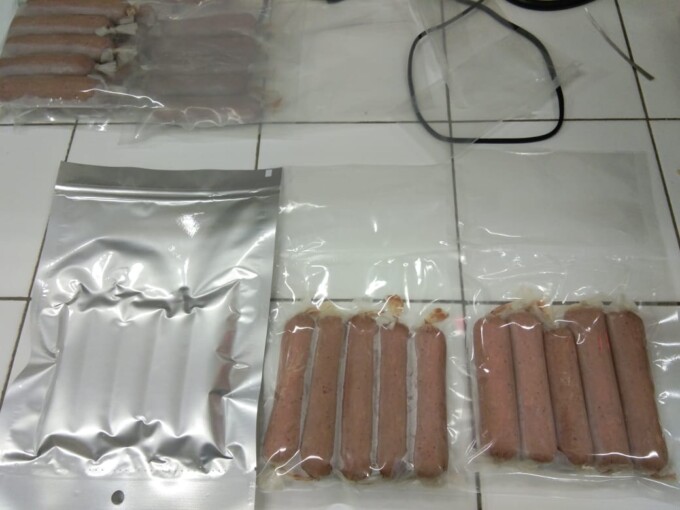
Indonesia lies on the Ring of Fire that is geographically vulnerable to natural disasters. One of the problems caused by this is the difficult logistical distribution to the disaster impacted areas.
To address the problem, Animal Science lecturer from Universitas Gadjah Mada (UGM), Dr. Ir. Endy Triyannanto, S.Pt., M.Eng., IPM, ASEAN Eng., made an innovation in long lasting packaging that is also safe, healthy, intact, halal, cheap, nutritious and easily distributed to the impacted areas.
“One of packaging alternatives that can preserve and maintain food quality is retort pouch, which is military technology plastic wrapping that enables easy distribution of food to disaster impacted areas,” said Endy.
Endy added the wrapping is strong enough to be dropped from a height. It can prevent the decreased nutrition level for a long time between 6 months – 1 year, depending on the quality of the food and packaging.
Retort pouch has 4—5 plastic layers that serve to protect the food from light, oxygen, and bacteria. In Indonesia’s food packaging, retort packaging is still new, whether for disaster or commercial needs.
“The types of food that are normally distributed to disaster areas are instant noodles, biscuits, fresh food, and canned foods. This signifies that innovation is needed related to logistical arrangement, particularly in terms of food, so the people will be more prepared in case of disaster,” he said.
He said not many cattle food products had been developed with a retort packaging, partly due to the newness of such technology. Examples of food products that have been developed with retort packaging are beef rendang, satay, smoked goat sausage, and chicken, done by LIPI and UGM.
He added food experts in Indonesia have not touched upon the food handling issue during disaster.
“Innovation in storing, processing, and distribution of food is very determining in the development of disaster mitigation in Industry 4.0. In the future, retort packaging will be a new culture in Indonesia’s packaging that will allow MSMEs to make ready–to-eat products for distribution anywhere, including disaster affected areas,” he concluded.

